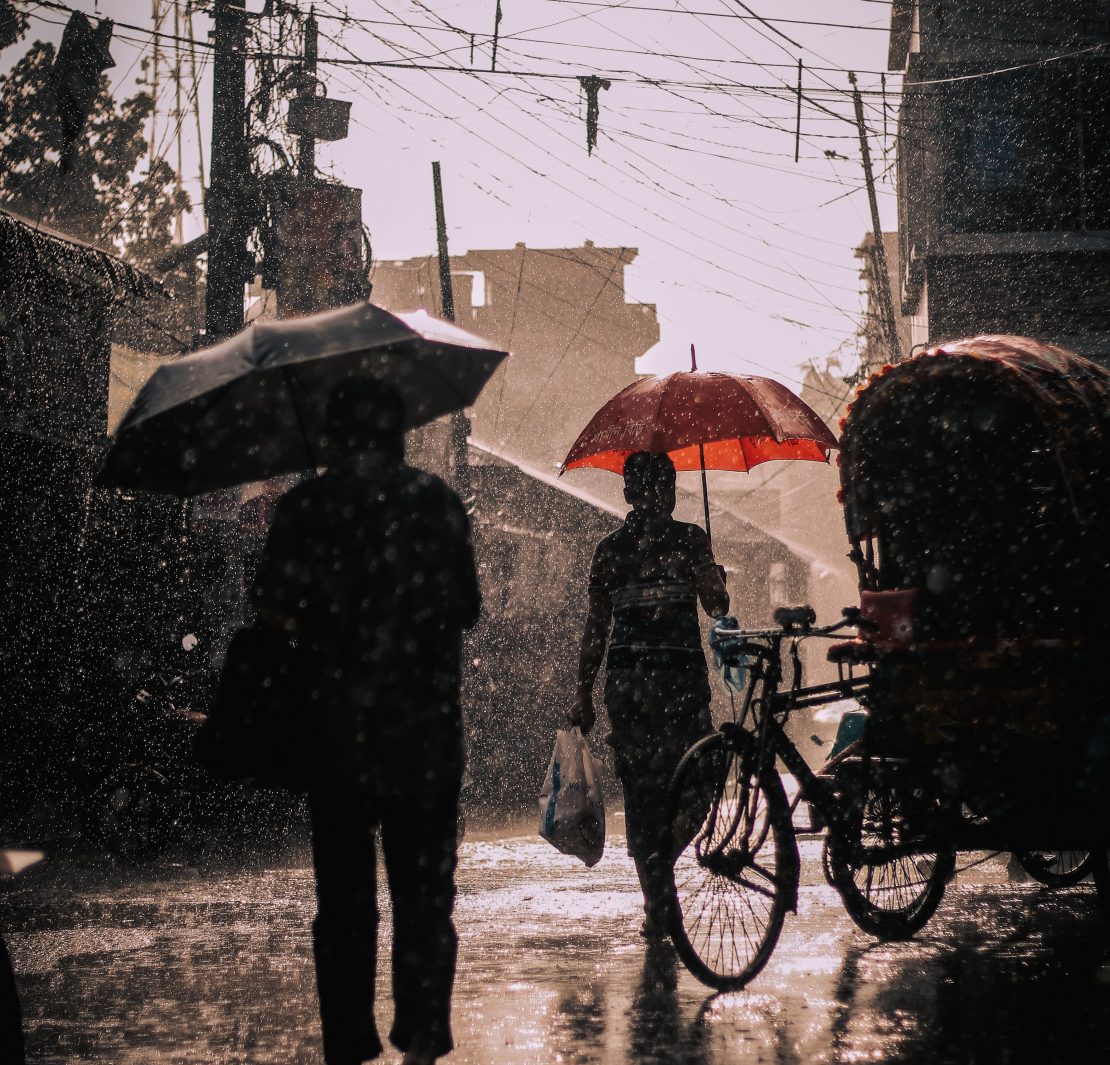The northern regions of India are in the midst of a prolonged wet phase during the monsoon season at present. Himachal Pradesh, Haryana, Punjab, Rajasthan, Uttarakhand, and Uttar Pradesh have been experiencing a substantial increase in rainfall compared to the usual levels. This excessive rain has led to widespread destruction and loss of lives, particularly in the hilly areas.
Initially, the monsoon season was anticipated to be relatively dry this year. Its onset was not very promising, and despite the reassurances from the India Meteorological Department about a normal monsoon, the developing El Niño was expected to suppress precipitation.
The fact the season that was not expected to be very wet turned out to be one that has killed over 40 people so far shows how unusual monsoon patterns in India have become.
According to Indian Express, “By the first two weeks of the monsoon, the entire country had accumulated a rainfall deficit of more than 50%. However, the arrival of the Biparjoy cyclone brought rain to the northwestern and central regions, reducing the deficit to 8% by the end of June.”
So what is causing this excess rain and is it normal? While most of India has received rain more than expected, in the north, “an interaction between the monsoon winds and western disturbances that converged over northern India during the first two weeks of July” has caused the rain to come down heavily.
The IMD explanation stands true for the events that have been taking place for the past few days. However, given the frequency with which the monsoon patterns keep changing in India, especially the hilly terrains, shows that a long, systemic change probably occurred over the course of decades is at play.
Since the devastating Uttarakhand tragedy in 2013, each subsequent year has witnessed the occurrence of at least one major disaster resulting from an extreme rainfall event.
Studies have shown that climate change plays a significant role in amplifying the likelihood, frequency, and intensity of extreme weather occurrences, such as heavy rainfall and heat waves.
Moreover, scientists have identified a contributing factor to this excessive rainfall—the warming of the Arabian Sea. Since January, the sea’s temperature has risen by approximately 1.5 degrees Celsius. This rise in temperature has created favourable conditions for moisture-laden air to gather strength and unleash torrential rains over northwest India, including states like Himachal Pradesh, Haryana, Punjab, Rajasthan, Uttarakhand, and Uttar Pradesh.
As climate change continues to exert its influence on global weather patterns, it becomes increasingly crucial to understand and address the associated impacts. The correlation between climate change, the warming of the Arabian Sea, and the surge in heavy rainfall events highlights the urgent need for sustainable measures to mitigate and adapt to these changes, ensuring the safety and well-being of vulnerable communities in the affected regions.
And it is not just India. Japan, China, Turkey and the United States also witnessed torrential rains during the same that left many dead. The scientist there attributed these patterns to warmer atmospheric patterns which will only get worse.
“A warmer atmosphere holds more moisture, which results in storms dumping more precipitation that can have deadly outcomes. Pollutants, especially carbon dioxide and methane, are heating up the atmosphere. Instead of allowing heat to radiate away from Earth into space, they hold onto it. While climate change is not the cause of storms unleashing the rainfall, these storms are forming in an atmosphere that is becoming warmer and wetter,” Rodney Wynn, a meteorologist, quoted in Associated Press stated.




